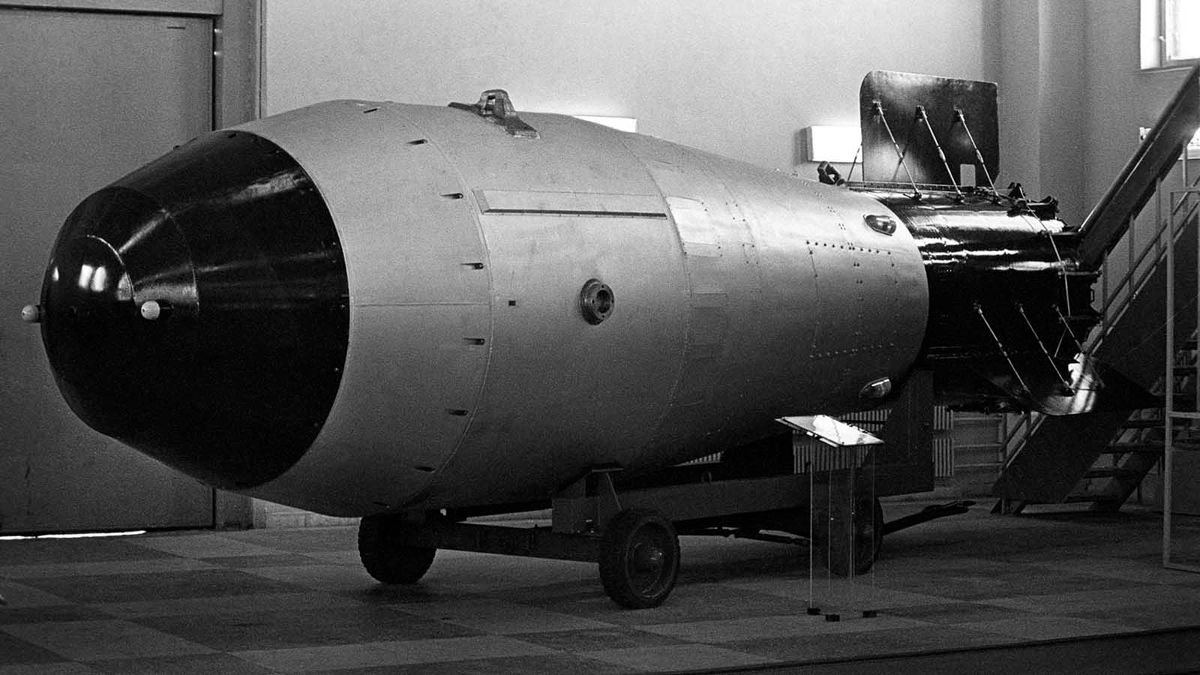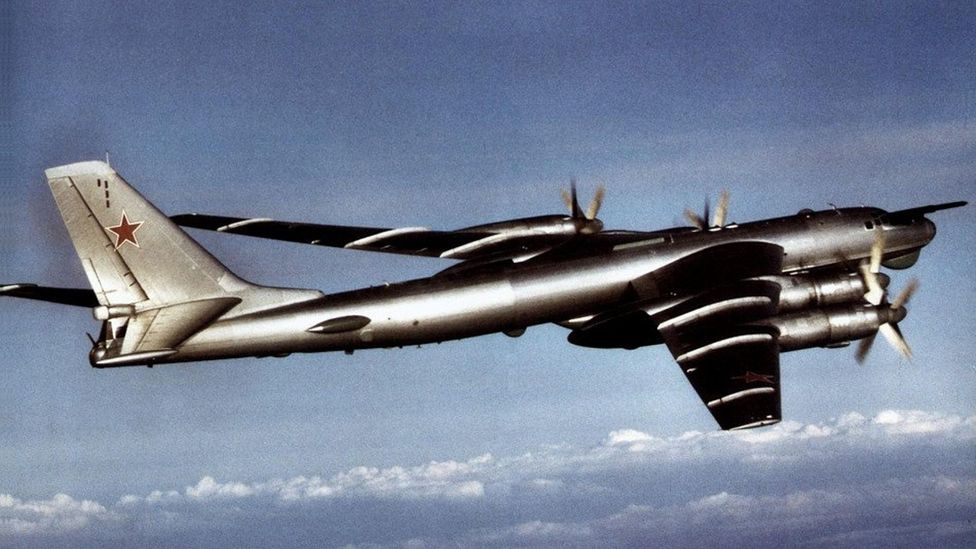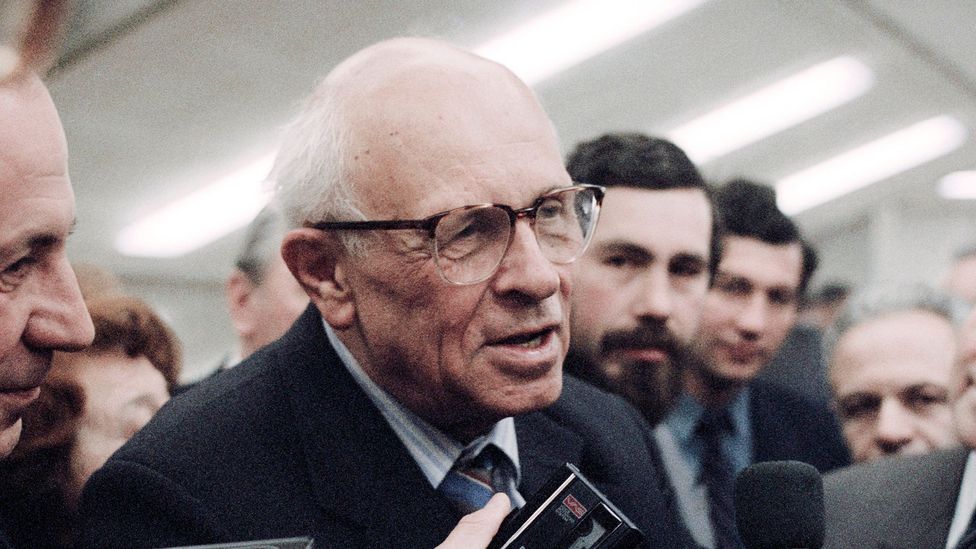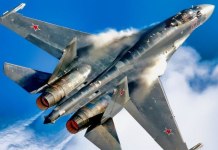In the midst of a persistent border dispute with China, India has recently been demonstrating its ability to stand firm in the face of China’s attempts to assert supremacy.
In what can be considered as a stern warning to China, India successfully test-fired Agni-5 surface-to-surface intercontinental ballistic missile that can strike targets up to 5,000 kilometers away and can strike deep into China.
Soon after the Agni-5 missile test, India conducted its tenth test of heavy-duty, Smart Anti-Airfield Weapon (SAAW). This smart weapon has a range of 100 kilometers and can engage ground opponent airfield assets such as radars, bunkers, taxi tracks, and runways.
Going on, India didn’t seem to stop there, conducting the nation’s own mother of all bomb test for the first time. This Long-Range Bomb (LRB) was successfully flight-tested by an Indian Air Force (IAF) team and the Defence Research and Development Organisation (DRDO) from a Sukhoi-30 fighter jet.

The bomb struck a target range inside the sea using laser guidance at approximately 11 a.m. Indian time, successfully completing all mission objectives.
The LR Bomb was designed and developed by the DRDO’s Research Centre Imarat (RCI) and can carry 1000 kilograms of the warhead. The Indian Defence Minister praised all of the teams involved in the trial flight including IAF and DRDO. He went on to say that the achievement will be a “force multiplier for the Indian Armed Forces.”
The Indian Air Force has regularly depended on Israeli-made laser-guided bombs from the Kargil war to Operation Bandar in Balakot in 2019. This LRB will be a useful addition to India’s arsenal, allowing the Indian Air Force to stay firmly within its own territory when striking the target at 100km away with high accuracy.
Mother of All Bombs
In 2017, US forces dropped one of the largest non-nuclear weapons ever unleashed by the US military in Afghanistan. The weapon, also known as ‘Mother of all Bombs’, weighs 21,600 pounds.
MOAB was initially tested using the explosive tritonal on Range 70 at Eglin Air Force Base in Florida on March 11, 2003.
The weapon was originally created for use in the Iraq war at a reported cost of $16 million per weapon. However, it was never used in action until 2017. It’s a GPS-guided munition that’s dropped from an MC-130 transport plane’s cargo doors and explodes before it touches the ground.
Father of All Bombs
The FOAB, a thermobaric bomb with a destruction radius of almost 1,000 feet and a detonation yield of nearly 44 tonnes of TNT, was tested by Russia in 2007. It’s worth mentioning that this was Russia’s response to MOAB.
This devastating non-nuclear bomb detonates in mid-air, igniting a mixture of fuel and air. It evaporates targets and causes structures to collapse, resulting in enormous shocks and tremors.
FOAB is reported to be capable of releasing 44 tonnes of explosives and is so deadly that it has been compared to nuclear weapons. According to reports, Russia’s FOAB is four times more potent than the United States’ MOAB.
The FOAB has a blast radius of 300 meters, about double that of the MOAB, and produces double the temperature.
Tsar Bomba: Weapon of Last Resort
Exactly sixty years ago, the Soviet Union successfully tested the world’s largest nuclear weapon. The fact that this bomb was 10 times more powerful than all of the bombs used during World War II explains the gravity of its might.

A Tupolev Tu-95 plane took off from the Olenya airstrip on the Kola Peninsula on October 30, 1961 and the bomb was dropped above the Arctic archipelago of Novaya Zemlya.
About 57,000 kilotons of energy were released in the explosion. During World War II, the bombs detonated on Hiroshima and Nagasaki were comparable to 15 and 21 kilotons, respectively.
The mushroom cloud from the bomb rose to a height of 60 to 70 kilometers above the ground but fortunately, it did not make contact with the earth and resulted in relatively less radiation.
The “Tsar Bomba” or the Soviet RDS-220 hydrogen bomb developed in the USSR is considered till date the most powerful nuclear weapon ever created and tested. The humongous bomb was 26 feet long, had a diameter of nearly 7 feet and weighed over 27 tonnes.
Codenamed Ivan or Vanya, the bomb was so big that it was forced to be carried by the huge, swept-wing, four-engined Soviet Tu-95 bomber, with the device deemed too big to fit inside the aircraft’s internal bomb bay.
According to Philip Coyle, the former head of US nuclear weapons testing under President Bill Clinton, who helped design and test atomic weapons for 30 years – “The US had been very far ahead because of the work it had done to prepare the bombs for Hiroshima and Nagasaki. And then it did a large number of tests in the atmosphere before the Russians even did one,”
“We were ahead and the Soviets were trying to do something to tell the world that they were to be reckoned with. Tsar Bomba was primarily designed to cause the world to sit up and take notice of the Soviet Union as an equal.”
On the morning of October 30, 1961, the Tsar Bomba which was referred to as the “City Destroyer” was dropped by the Tu-95 bomber with the help of a giant parachute, which slowly drifted down to the height of 13,000 feet and detonated over Novaya Zemlya, a sparsely populated archipelago.
The detonation created a massive fireball five miles wide, which could be seen from 1,000 kilometers away, with the bomb’s mushroom cloud soaring to 64 kilometers high.
The effects were catastrophic as a village in the 55-kilometer radius of the detonation had all its houses completely demolished, with districts in the hundred-mile radius also reporting collapses of houses, roofs and other damages.

According to a cameraman on-board the aircraft – “The clouds beneath the aircraft and in the distance were lit up by the powerful flash. The sea of light spread under the hatch and even clouds began to glow and became transparent. At that moment, our aircraft emerged from between two cloud layers and down below in the gap a huge bright orange ball was emerging,”
The ball was powerful and arrogant like Jupiter. Slowly and silently it crept upwards… Having broken through the thick layer of clouds it kept growing. It seemed to suck the whole Earth into it. The spectacle was fantastic, unreal, supernatural.”
The nuclear bomb unleashed an enormous amount of energy, believed to be in the order of 57 megatons, or 57 million tons of TNT, 1,500 times that of the Hiroshima and Nagasaki bombs combined, and 10 times more powerful than all the munitions expended during World War Two.
The sensors which registered the bomb’s blast wave saw the wave orbiting the Earth three times. The detonation was followed by global condemnation by the likes of the UK, US, Sweden and others.
The aftermath was so immense that even the bomb’s chief architect Andrei Sakharov began efforts to rid the world of the very weapons he had helped create.

According to Frank von Hippel, a physicist and head of Public and International Affairs at Princeton University – “He (Sakharov) was really apprehensive about the amount of radioactivity it would create and the genetic effects that could have on future generations. It was the beginning of his journey from being a bomb designer to becoming a dissident.”
The bomb was considered too big and powerful for its own good and since it couldn’t even be placed on a missile or a plane due to its weight, if it were to be used, the operation would only be deemed as a one-way mission.
“It’s hard to find a use for it unless you want to knock down very large cities. It simply would be too big to use,” said Coyle.
According to Sakharov, the bomb could cause global fallout and spread toxic dirt across the planet, therefore, while the USSR was successful in detonating the most powerful, deadly nuclear bomb known to mankind, the option just wasn’t suitable for anyone, not even for the USSR.
- Co-authored by Ashish Dangwal/EurAsian Times Desk
- Contact the authors at etdesk@eurasiantimes.com
- Follow EurAsian Times on Google News





